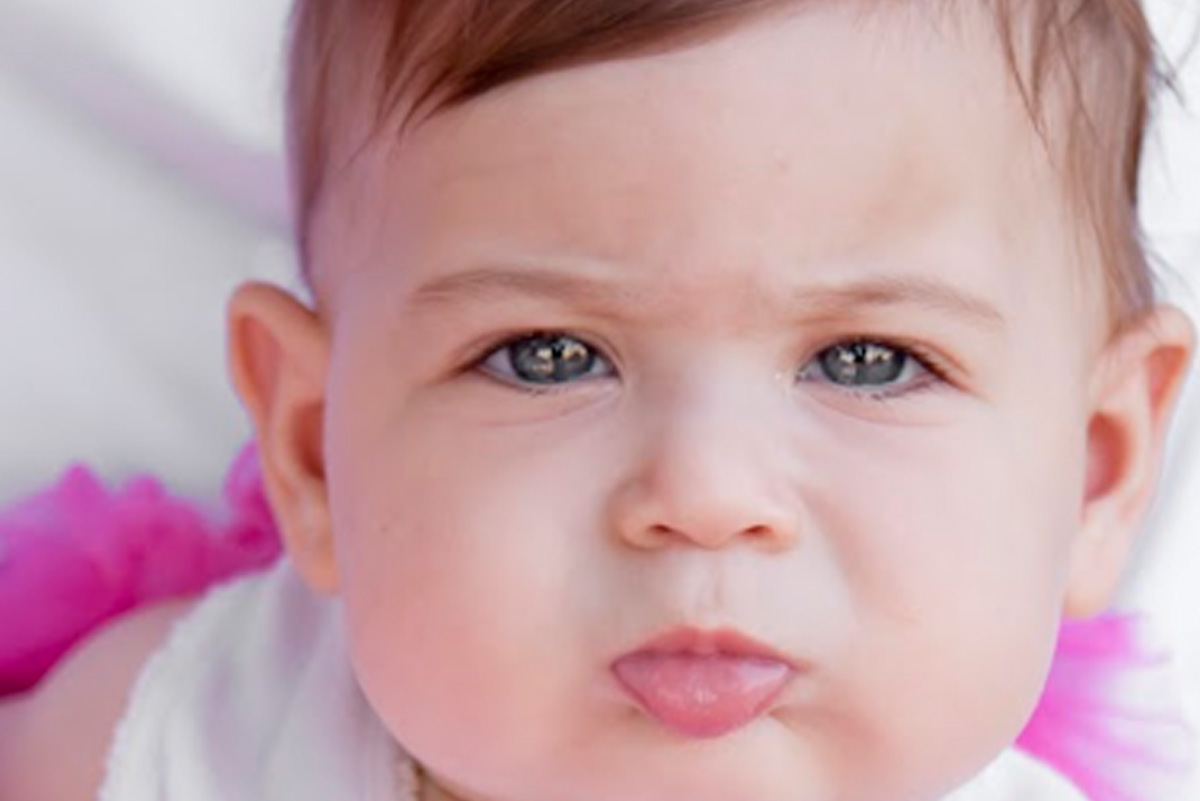Your baby’s eyesight develops gradually during the first few months of life, as they learn to focus, move their eyes, and use them together as a team. Along with these milestones, the brain also needs to process visual information to understand and interact with the world around it. As infant eyesight develops, it lays the foundation for motor skills such as crawling, walking, and hand-eye coordination.
It’s important to monitor your baby’s vision development and ensure they are reaching visual milestones. The American Optometric Association (AOA) recommends that all babies have a children eye exam by the age of 6 months to ensure proper development and check for any conditions that may impair vision, like strabismus (eye misalignment), farsightedness, nearsightedness, or astigmatism.
What to Expect from Baby’s Vision at 5 Months
By the time your baby reaches 5 months old, their vision is progressing rapidly. They begin to have a clearer understanding of the world around them and can follow moving objects with their eyes. Their ability to focus has improved, and they can track objects with better precision. If you are wondering what age babies can see, know that by this stage, babies can focus more clearly on objects about 8–10 inches away.
At this point, many babies are starting to develop the ability to see in more detail, although they may still experience slight misalignment of the eyes, which is normal. However, if the misalignment occurs frequently or doesn’t improve, it’s important to consult with an eye doctor.
Baby’s Vision at 6-7 Months: Key Milestones
By the time your baby reaches 6 months old, they should be able to see objects more accurately and follow them with ease. Their depth perception and color vision also begin to improve. Eye teaming (the ability for both eyes to work together) and eye alignment should be developing at this stage. This is a critical time for scheduling a children eye exam to evaluate their visual acuity and check for any issues that could interfere with normal development.
By 7 months old, babies start refining their hand-eye coordination and depth perception. They also begin to explore their environment more actively, which increases the risk of eye injuries at home. During this time, watch for signs of strabismus or eye misalignment, which could lead to amblyopia (lazy eye) if not addressed early. Left untreated, lazy eye can result in permanent vision problems, so early intervention is crucial.
How to Protect Your Baby’s Eyes and Ensure Healthy Vision
It’s essential to monitor your baby’s vision development closely, as early detection and treatment of vision issues can prevent long-term complications. If you notice any signs that your baby’s eyes are not developing properly—such as persistent eye misalignment, excessive squinting, or lack of focus—it’s vital to schedule a children eye exam with an eye doctor.
Remember that regular eye exams play a vital role in monitoring your baby’s eye health, and early treatment of eye issues can help avoid developmental delays in both eyesight and motor skills.
Early Vision Care for Babies: What Parents Need to Know
As your baby’s vision progresses, it’s crucial to ensure they are reaching their visual milestones. If you have any concerns about your baby’s vision at 5 months, 6 months, or 7 months, don’t hesitate to reach out to an eye doctor. With the right care and monitoring, you can help ensure your baby’s eyes remain healthy as they grow.
Schedule an appointment today for a children eye exam and ensure your baby’s eyes are developing properly for a bright, healthy future.
